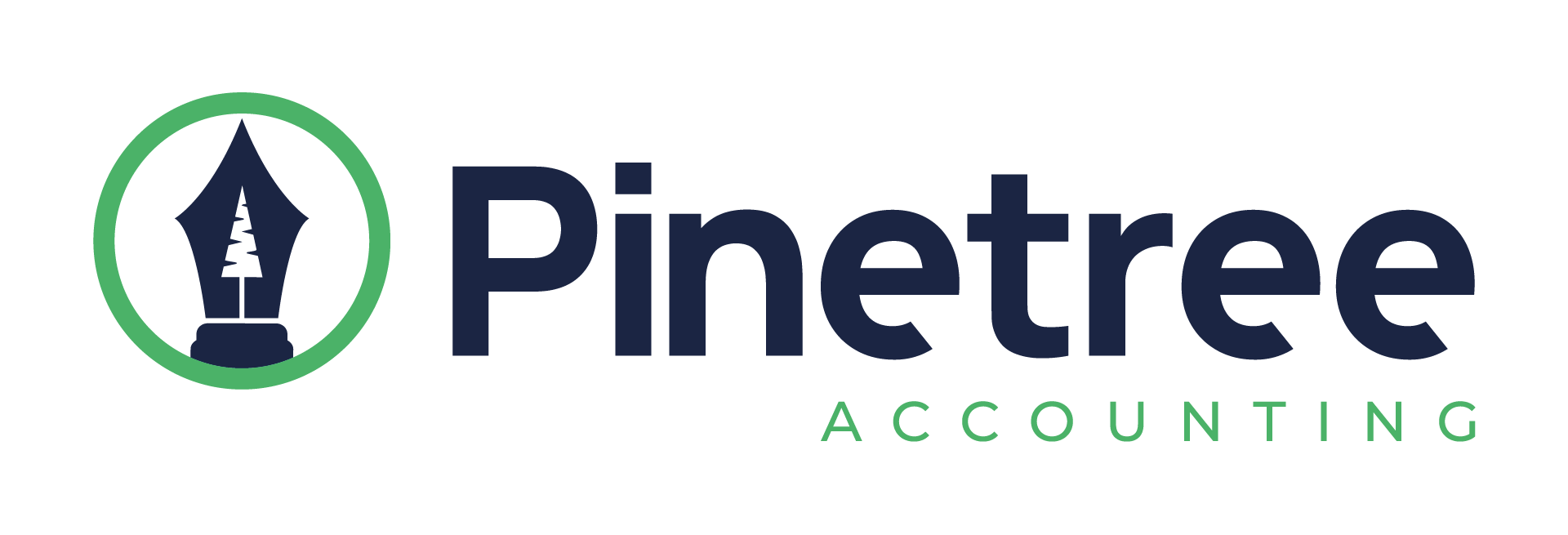Hong Kong’s retail sector is experiencing a period of recovery and transformation in 2025, with retail sales reaching HK$30.3 billion in August 2025, marking a 3.8% year-on-year increase and the fastest growth since December 2023. However, beneath these positive sales figures lies a significant challenge that threatens the sustainability of retail businesses: cash flow management. For retail shop owners navigating Hong Kong’s competitive marketplace, implementing effective cash flow strategies is not just beneficial—it is essential for survival and growth.
Understanding Cash Flow Challenges in Hong Kong Retail
Cash flow represents the lifeblood of retail operations, yet 96% of Hong Kong SME business owners report experiencing cash flow crises. The retail sector faces unique pressures, with 74.3% of SMEs citing cash flow as their biggest operational headache. The primary culprits include rising operational costs such as wages and rent (52%), late customer payments (44%), and unexpected business expenses (43%).
Late payments have become particularly costly, with 96% of Hong Kong SMEs losing up to HK$4,999 monthly due to delayed invoices, translating to an annual loss of HK$60,000. Only 8% of businesses report that all invoices are paid on time, leaving the vast majority regularly chasing payments. This creates a dangerous cycle where retail businesses struggle to meet their own supplier obligations, pay staff salaries, and invest in inventory replenishment.
Strategic Cash Flow Forecasting
Effective cash flow management begins with accurate forecasting. Retail shop owners should develop detailed cash flow projections that map expected income against anticipated expenses on a monthly basis. This approach enables businesses to identify cash-rich periods—such as during Hong Kong’s peak shopping seasons around Ramadan, Eid, and year-end sales events—and cash-lean periods when additional funding may be required.
Creating a robust forecasting system involves analyzing historical sales data, understanding seasonal trends, and accounting for both fixed costs (rent, utilities, permanent staff wages) and variable expenses (inventory purchases, promotional activities). Professional bookkeeping and accounting services can provide the financial infrastructure necessary to track these metrics accurately and generate reliable cash flow projections.
Optimizing Inventory Management
The relationship between inventory and cash flow is inverse: the more inventory held, the less cash available for other operational needs. Poor inventory management ties up capital in non-cash assets, reducing liquidity and flexibility. Hong Kong retailers must strike a delicate balance between maintaining sufficient stock to meet customer demand and avoiding excess inventory that drains financial resources.
Implementing inventory optimization strategies can dramatically improve cash flow positions. This includes:
- Using sales data to identify fast-moving products and focus purchasing decisions accordingly
- Implementing just-in-time inventory systems where feasible to minimize holding costs
- Negotiating consignment arrangements with suppliers for slower-moving items
- Conducting regular inventory audits to identify obsolete or slow-moving stock that should be discounted or cleared
- Leveraging inventory management systems to track stock levels in real-time
Retail businesses that optimize inventory levels free up cash that can be redirected toward growth initiatives, emergency reserves, or debt reduction.
Managing Payment Terms and Collections
Payment terms significantly impact cash flow management, determining how quickly revenue converts to accessible cash. While Hong Kong B2B payment practices show an average payment term of approximately 44 days, retail businesses dealing with consumers typically operate on shorter cycles.
For retail businesses extending credit to corporate or institutional customers, establishing clear payment terms is essential. Strategies include:
- Implementing strict collection policies with defined payment deadlines (e.g., Net 7, Net 15, or Net 30 terms)
- Offering early payment discounts to incentivize faster settlement
- Requiring deposits or partial payments for large orders
- Setting up automated payment reminder systems
- Enforcing late payment fees to discourage delays
Research shows that 56% of Hong Kong businesses report up to a quarter of their invoices are paid late, with SMEs spending over four hours monthly chasing payments. Efficient tax returns and accounting processes help businesses track outstanding receivables systematically and take appropriate collection actions promptly.
Building Strategic Cash Reserves
Financial resilience requires maintaining a cash buffer during profitable periods to cover leaner months. Setting aside a portion of profits creates a safety net that enables retail businesses to weather unexpected challenges without resorting to high-interest debt. This reserve fund serves multiple strategic purposes:
- Covering operational expenses during seasonal downturns
- Taking advantage of supplier discounts for early or bulk payments
- Funding emergency repairs or unexpected costs
- Supporting strategic investments when opportunities arise
- Maintaining operations during economic uncertainty
Given that 54% of Hong Kong SMEs report dipping into personal savings to keep businesses running, establishing a dedicated business reserve becomes crucial for protecting both business and personal financial health.

Controlling Operating Expenses
Vigilant expense management directly impacts cash flow availability. Retail shop owners should conduct regular reviews of all operating costs, identifying opportunities to reduce expenditure without compromising service quality. Cost optimization strategies include:
- Negotiating better rates with suppliers and service providers
- Adjusting staffing levels and operating hours based on customer traffic patterns
- Implementing energy-efficient solutions to reduce utility costs
- Reviewing insurance policies annually to ensure competitive pricing
- Consolidating suppliers to leverage volume discounts
Professional audit arrangement services help identify unnecessary expenses and ensure financial resources are allocated efficiently.
Leveraging Multiple Financing Sources
Hong Kong retail businesses utilize diverse financing options to bridge cash flow gaps. According to recent data, the most common sources include invoice financing (61%), bank loans (59%), trade credit from suppliers (52%), and internal funds (37%).
| Financing Source | Percentage of Use | Key Benefits |
|---|---|---|
| Invoice Financing | 61% | Quick access to cash tied in unpaid invoices |
| Bank Loans | 59% | Structured borrowing for larger capital needs |
| Trade Credit | 52% | Extended payment terms from suppliers |
| Internal Funds | 37% | No interest costs or external obligations |
Each financing option carries distinct advantages and considerations. Invoice financing provides immediate liquidity by advancing funds against outstanding invoices, particularly valuable when customers have extended payment terms. Bank loans offer structured capital for larger investments but require strong financial statements and often collateral.
Working with experienced corporate secretarial services ensures proper documentation and compliance when securing external financing, while professional payroll services help maintain accurate records essential for credit applications.
Implementing Technology Solutions
Modern cash flow management increasingly relies on technology platforms that provide real-time visibility into financial positions. Digital tools enable retail businesses to:
- Automate invoice generation and payment tracking
- Reconcile daily sales data with bank deposits automatically
- Monitor cash positions in real-time across multiple accounts
- Generate instant financial reports for decision-making
- Set up automated alerts for low cash balances or overdue payments
These systems reduce administrative burden, minimize errors, and free up time that can be redirected toward strategic business activities.
Strengthening Pricing Strategies
Regular pricing reviews protect cash flow by ensuring products cover costs and maintain healthy profit margins. When suppliers raise prices or market conditions shift, retail businesses must adjust pricing accordingly to preserve margins. Even minor, strategic price adjustments across product lines can significantly impact the bottom line over time.
However, pricing strategies must balance profitability with competitiveness, particularly in Hong Kong’s price-sensitive retail environment. Consider implementing value-based pricing that emphasizes product quality and service rather than competing solely on price.
Planning for Business Formation and Structure
For entrepreneurs establishing new retail ventures, proper company formation structures can significantly impact cash flow management capabilities. Choosing the appropriate business entity affects taxation, liability protection, and access to financing options.
Working with professional advisors during the formation stage ensures businesses establish financial systems and processes that support effective cash flow management from day one.
Preparing for Future Challenges
Looking ahead, 57% of Hong Kong companies anticipate rising B2B customer insolvencies, while concerns about economic uncertainty, geopolitical tensions, and regulatory changes persist. Retail businesses must remain agile, maintaining conservative cash flow practices while positioning for growth opportunities.
The continued recovery of Hong Kong’s retail sector, supported by tourism growth and government mega-event initiatives, provides cautious optimism. However, challenges including weak domestic demand and international trade uncertainties require retail shop owners to prioritize financial resilience through disciplined cash flow management.
Conclusion
Effective cash flow management separates thriving retail businesses from those struggling to survive in Hong Kong’s competitive marketplace. By implementing comprehensive strategies encompassing forecasting, inventory optimization, payment term management, expense control, and strategic financing, retail shop owners can build financial resilience and position their businesses for sustainable growth. Professional accounting and financial services provide the expertise and systems necessary to navigate these complex challenges, enabling retail entrepreneurs to focus on serving customers and expanding their businesses with confidence.





